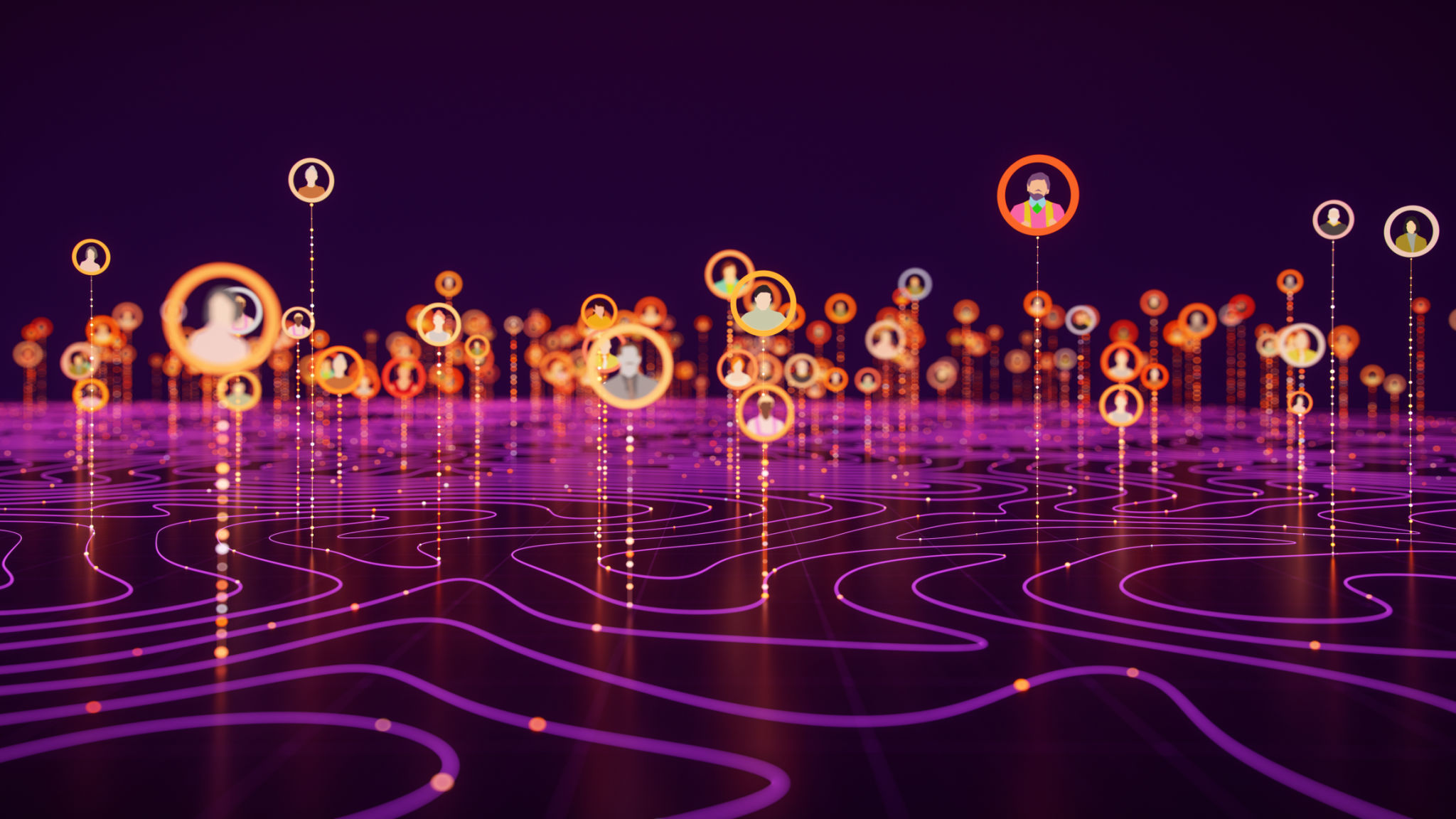AI vs Traditional Marketing: A Comprehensive Comparison
Understanding AI Marketing
Artificial Intelligence (AI) has revolutionized various industries, and marketing is no exception. AI marketing leverages machine learning algorithms, data analysis, and automation to enhance marketing strategies. By analyzing consumer behavior and preferences, AI tools can efficiently target audiences with personalized content, enhancing engagement and conversion rates.
The capabilities of AI in marketing are expansive. From chatbots that provide instant customer support to predictive analytics that forecast future purchasing trends, AI offers a versatile toolkit for marketers aiming to optimize their campaigns.

Personalization and Customer Engagement
One of the standout features of AI marketing is its ability to deliver personalized experiences. By collecting and analyzing data from multiple sources, AI systems can tailor content to individual preferences, making marketing messages more relevant and engaging. This personalized approach can significantly boost customer satisfaction and loyalty.
Furthermore, AI-powered platforms can automate customer interactions through sophisticated chatbots, ensuring customers receive timely responses without human intervention. This not only improves the customer experience but also allows businesses to allocate resources more efficiently.
Diving into Traditional Marketing
Traditional marketing refers to conventional methods such as print ads, billboards, TV commercials, and direct mail. These strategies rely heavily on broad audience reach and brand recognition rather than personalized engagement. While traditional marketing has been successful for decades, it often lacks the precision and adaptability of AI-driven strategies.

Strengths of Traditional Marketing
Despite the technological advancements in digital marketing, traditional marketing still holds significant value. It provides tangible experiences through physical materials like brochures and posters, which can leave a lasting impression on consumers. Additionally, traditional marketing is often seen as more credible and trustworthy by certain demographics.
Moreover, traditional channels can reach audiences that digital methods might miss, particularly those who are less active online. This broad reach can be advantageous for brand awareness campaigns aiming for maximum exposure.
Comparing AI and Traditional Marketing
When comparing AI and traditional marketing, several key differences emerge. AI offers precision targeting and the ability to adapt quickly to changing consumer trends, providing real-time analytics that guide decision-making. In contrast, traditional marketing focuses on mass appeal and often requires more time to evaluate campaign effectiveness.
- Cost-effectiveness: AI marketing can be more cost-effective in the long run as it automates tasks and reduces labor costs. However, initial setup and technology investments can be higher.
- Scalability: AI systems easily scale as businesses grow, while traditional marketing can require increased resources to maintain scalability.
- Measurability: Digital campaigns powered by AI are highly measurable in terms of ROI, whereas traditional methods may lack this level of detailed feedback.
In conclusion, both AI and traditional marketing have their respective strengths and challenges. Businesses must evaluate their specific needs, target audience, and budget to determine the optimal mix of these strategies for their marketing efforts.

